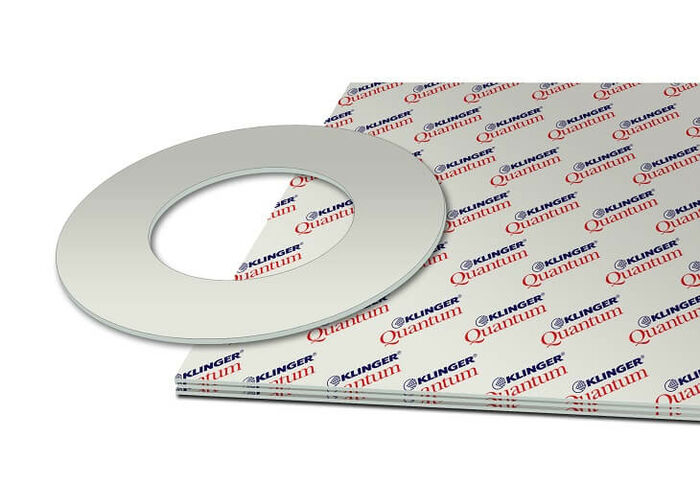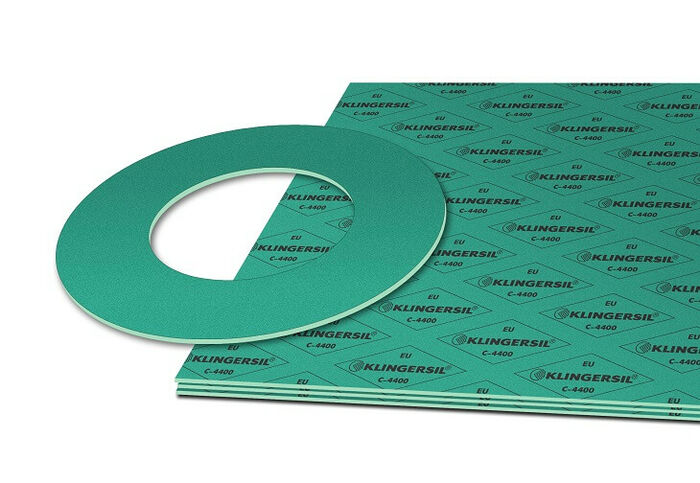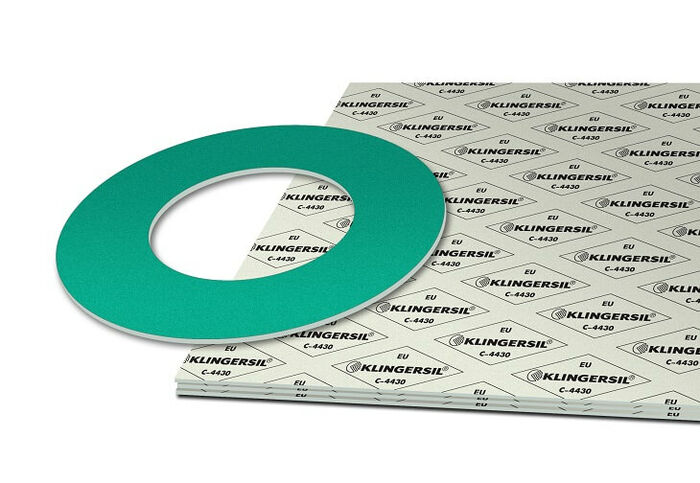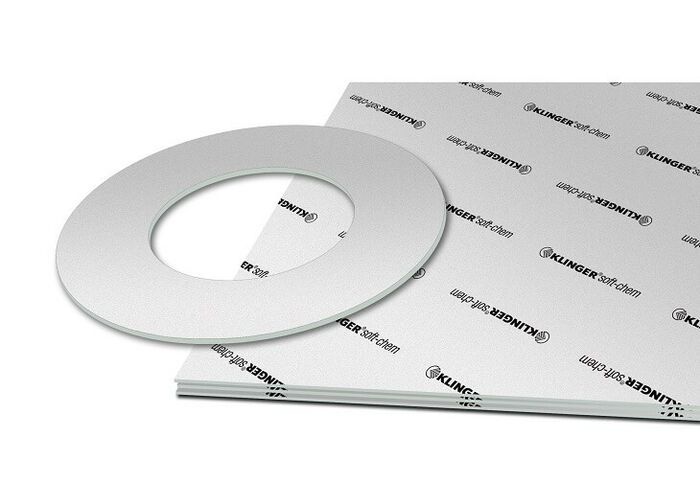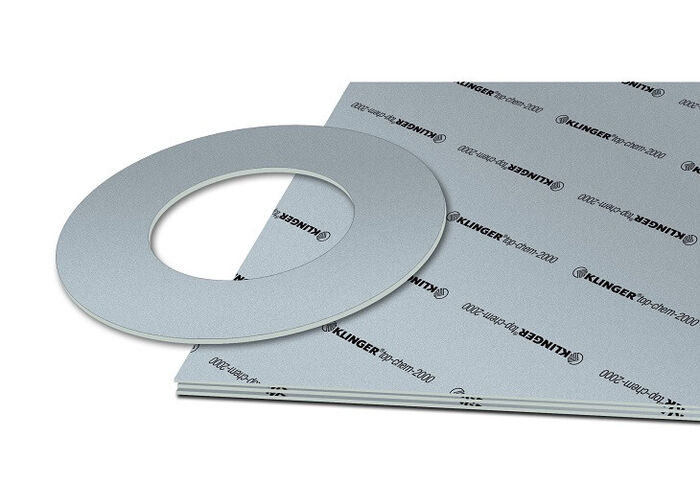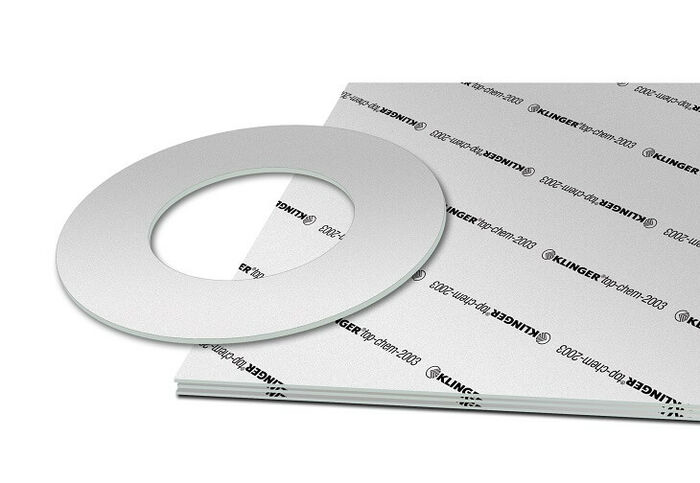Material Hub > Materialien
Materialien
-
Kategorie VerbundwerkstoffeKompressibilität 10 %Dichte 1.7 g/cm³
-
Kategorie VerbundwerkstoffeKompressibilität 11 %Dichte 1.6 g/cm³
-
Kategorie VerbundwerkstoffeKompressibilität 9 %Dichte 1.8 g/cm³
-
Kategorie ThermoplasteKompressibilität 55 %Dichte 0.9 g/cm³
-
Kategorie VerbundwerkstoffeKompressibilität 3 %Dichte 2.5 g/cm³
-
Kategorie VerbundwerkstoffeKompressibilität 18 %Dichte 1.7 g/cm³
-
Kategorie KeramikKompressibilität 8 %Dichte 0.94 g/cm³
-
Kategorie ThermoplasteKompressibilität 35 %Dichte 1.5 g/cm³
-
Kategorie ThermoplasteKompressibilität 3 %Dichte 2.9 g/cm³
-
Kategorie ThermoplasteKompressibilität 7 %Dichte 2.1 g/cm³
-
Kategorie ThermoplasteKompressibilität 50 %Dichte 0.9 g/cm³
-
Kategorie ElastomereKompressibilität 9 %Dichte > 1.7 g/cm³
-
Kategorie ElastomereKompressibilität 39 %Dichte 1.35 g/cm³
-
Kategorie ElastomereKompressibilität 18 %Dichte 1.3 g/cm³
-
Kategorie ElastomereKompressibilität 6 %Dichte 1.7 g/cm³
-
Kategorie ElastomereKompressibilität 6 %Dichte 1.8 g/cm³
Facetten
Kategorie
Anwendungsgebiete
Freigaben
Hersteller
- Fraunhofer IWU, Abteilung Leichtbau, Textiltechnologien und Circular Economy
- Frenzelit GmbH
- Klinger GmbH
- Röchling Engineering Plastics SE & Co. KG 144
- Röchling Sustaplast SE & Co. KG 84
- Röchling Engineering Plastics 72
- Mitsubishi Chemical Advanced Materials 67
- Rhenotherm Kunststoffbeschichtungs GmbH 57
- Röchling Maywo GmbH 31
